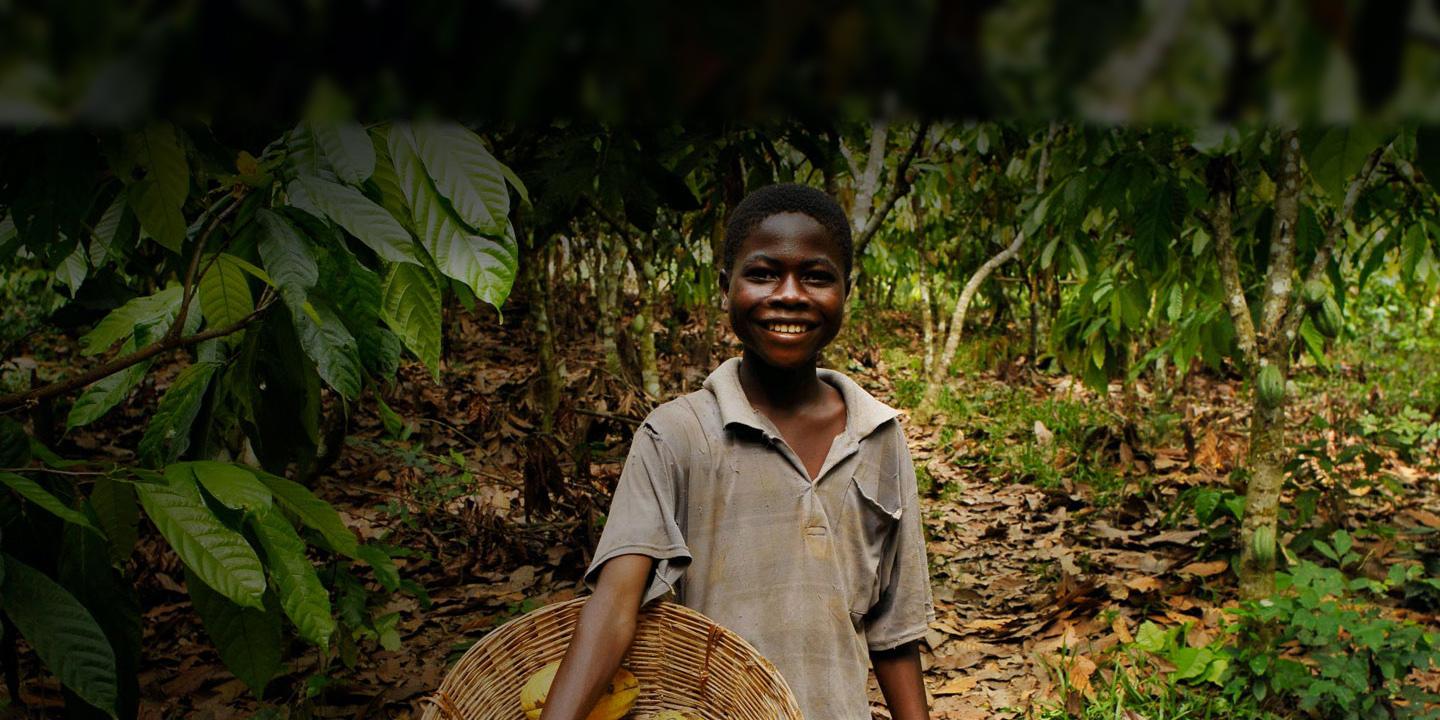Analysis Part A: Identifying cases of child labour
In this section
- What levels of child labour intensity do different CLMRS projects measure?
- How does child labour identification vary at different times of the year?
- How effective are different types of monitoring visits for identifying child labour?
- Which monitoring agents are more effective at identifying cases of child labour?
- References
